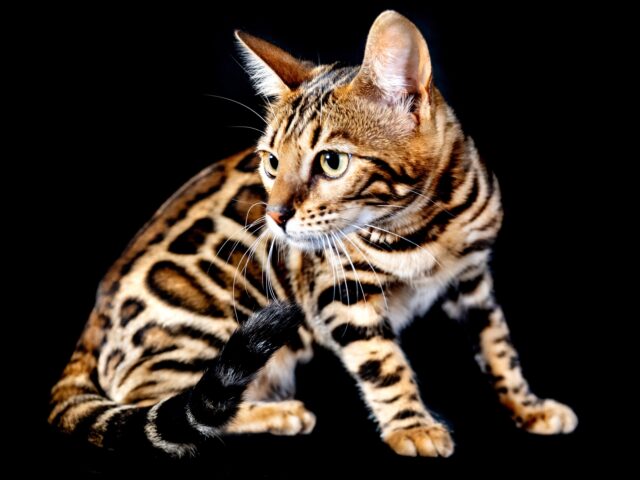Housecats are “murderous” creatures and pose “a big threat to biodiversity” because of their natural predatory instincts, warns National Public Radio (NPR) in an essay this week.
If allowed unsupervised out of doors, cats will eat “2,084 different species of birds, mammals, reptiles, amphibians and insects,” the article declares, citing a recent paper published in Nature Communications.
The list of cats’ potential prey includes 347 species of “concern,” including “Newell’s shearwater, green sea turtles, the northern bobwhite quail and the little brown bat,” it cautions, and cats have become “a major threat to the biodiversity of bird species in North America.”
Cat diets include 9 percent of known birds, 6 percent of known mammals, and 4 percent of known reptile species, the study claims, and because they are “extreme generalist predators,” cats have a disproportionate impact on ecological systems.
Cats “have disrupted many ecosystems to which they have been introduced,” the study declares, and “have driven many species to extinction,” making them “amongst the most problematic invasive species in the world.”
Citing an earlier study, NPR asserts that housecats (together with other predators) have played a part in the extinction or endangerment of 738 vertebrate species.
In the article, NPR reaches the predictable conclusion that cats should be kept indoors or strictly monitored when allowed outside in order to protect “biodiversity.”
Employing the vacuous phrase “follow the science,” the article insists that “the only hunting your cat should be doing is that cockroach in the bathroom you’re too scared to catch yourself.”

COMMENTS
Please let us know if you're having issues with commenting.